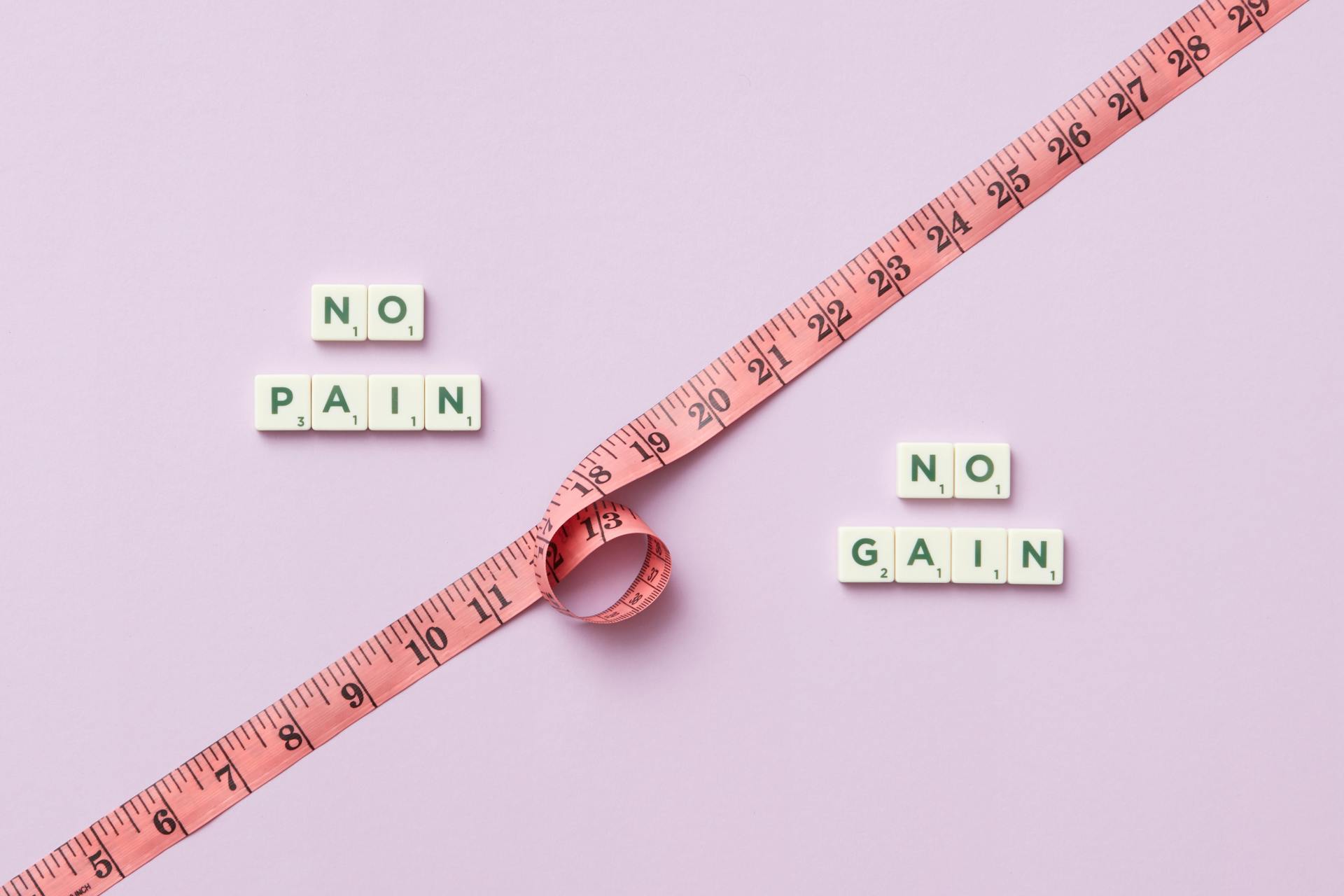The fitness world is full of advice—but not all of it is accurate. Some myths linger for decades, leading people to waste time, risk injury, or feel frustrated by a lack of results. It’s time to set the record straight.
Here are common fitness myths you can leave behind, backed by science.
Myth 1: No Pain, No Gain
Discomfort is a regular part of exercise, but pain is not. The phrase “no pain, no gain” suggests you must suffer to see results, which isn’t true. Challenging your muscles is necessary for growth, but sharp or persistent pain signals injury, not progress. Listening to your body prevents setbacks and keeps you consistent.
Myth 2: Crunches Flatten Your Stomach
Crunches strengthen abdominal muscles but don’t burn belly fat. Spot reduction—losing fat from one specific area—doesn’t work. To reduce abdominal fat, a combination of full-body strength training, cardiovascular exercise, and balanced nutrition is key. Crunches can be part of an intense core routine, but they’re not the magic solution for a flat stomach.
Myth 3: Lifting Weights Makes You Bulky
Many people, especially women, avoid weightlifting out of fear of getting “too big.” In reality, building bulky muscle requires years of dedicated training and a specialized diet. Strength training helps tone muscles, improve metabolism, and protect bone density without creating an overly muscular look. The result is a leaner, stronger body.
Myth 4: Sweating Means You’re Burning More Calories
Sweating is your body’s way of cooling down, not a measure of calorie burn. Factors like temperature, humidity, and genetics determine how much you sweat. A light sweater may burn more calories than a heavy sweater if its intensity is higher. Focus on effort and duration, not the amount of sweat, to track progress.
Read More: What Really Happens to Your Muscles When You Sleep
Myth 5: Cardio Is the Only Way to Lose Weight
Cardio does help burn calories, but strength training is equally important. Building muscle increases your resting metabolism, meaning you burn more calories even at rest. A combination of cardio and resistance training is the most effective way to support weight loss and long-term health.
Read More: Is It Safe to Work Out Every Day? What Science Says
Myth 6: More Is Always Better
Spending hours in the gym each day isn’t necessary—and can even be harmful. Muscles need time to repair and grow stronger. Overtraining leads to fatigue, injury, and burnout. Quality and consistency matter more than quantity. Short, focused workouts often outperform marathon sessions.
Myth 7: You Need Supplements to See Results
Supplements can be helpful in some instances, but they aren’t required for progress. A balanced diet that includes sufficient protein, carbohydrates, fats, and hydration provides most of what your body needs. Relying on supplements instead of whole foods can be a waste of money without offering additional benefits for the average exerciser.
The Takeaway
Fitness success isn’t about following old clichés—it’s about understanding how your body truly works. Ditch myths like “no pain, no gain” and “lifting makes you bulky,” and instead focus on balanced, evidence-based routines. The truth will set you free—and keep you fit for life.
Read More: The Best Time of Day to Exercise Based on Your Goals




